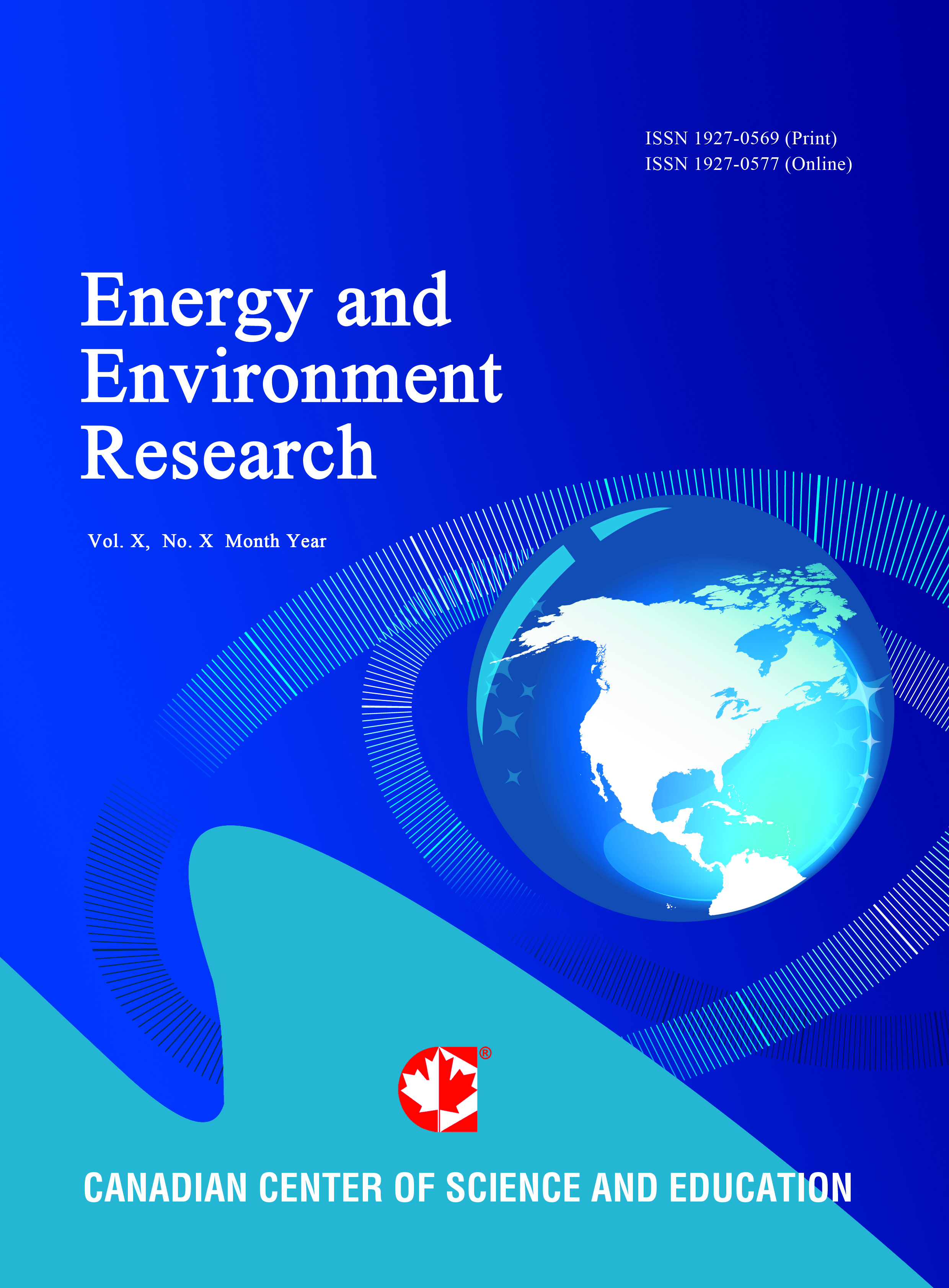Air Flow Model for Mixed-Mode and Indirect-Mode Natural Convection Solar Drying of Maize
- Isaac N. Simate
Abstract
An air flow model for mixed-mode and indirect-mode natural convection solar drying of maize to help understand the factors that influence air flow in the dryer is presented. Temperatures at various sections of the dryer obtained from drying experiments were input to the air flow model to predict the respective thermal buoyancies. The air flow rate was determined by balancing the sum of the buoyancy pressures with the sum of the flow resistances in the various sections of the dryer. To validate the model, the predicted air flow was compared with measured air flow from experiments. For both the mixed-mode and indirect-mode, the biggest driver of the air flow is the thermal buoyancy created in the collector, while the grain bed is the dominant pressure drop. Thermal buoyancy on top of the grain bed is largely responsible for the variation in air flow, translating into low mass air flow during the early stages of drying when grain moisture is high, and higher air flow in the later stages when grain moisture is low. The heating of the grain bed by direct radiation in the mixed-mode translates into a slightly higher air flow rate than the indirect-mode. The implications are that a thinner grain bed results in shorter drying time as it has a higher air flow rate than a thicker one. To mitigate the low air flow at the early stages of drying, the collector length should be appropriately designed for a desired air flow.
- Full Text:
 PDF
PDF
- DOI:10.5539/eer.v10n2p1
Journal Metrics
(The data was calculated based on Google Scholar Citations)
h-index (July 2022): 19
i10-index (July 2022): 53
h5-index (July 2022): N/A
h5-median(July 2022): N/A
Index
- BASE (Bielefeld Academic Search Engine)
- CiteFactor
- CNKI Scholar
- Elektronische Zeitschriftenbibliothek (EZB)
- Excellence in Research for Australia (ERA)
- Genamics JournalSeek
- Google Scholar
- NewJour
- Norwegian Centre for Research Data (NSD)
- PKP Open Archives Harvester
- Publons
- ROAD
- SHERPA/RoMEO
- Standard Periodical Directory
- Ulrich's
- Universe Digital Library
- WorldCat
Contact
- Lesley LuoEditorial Assistant
- eer@ccsenet.org
